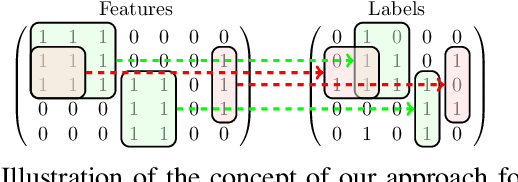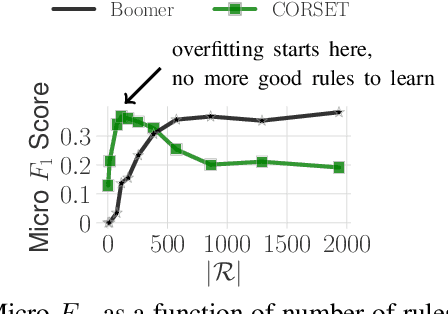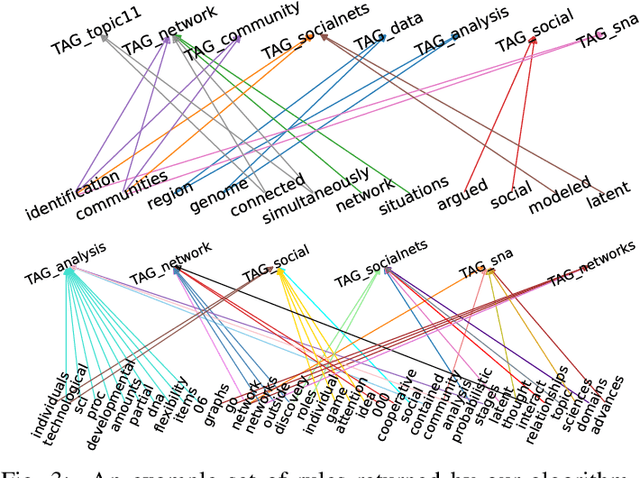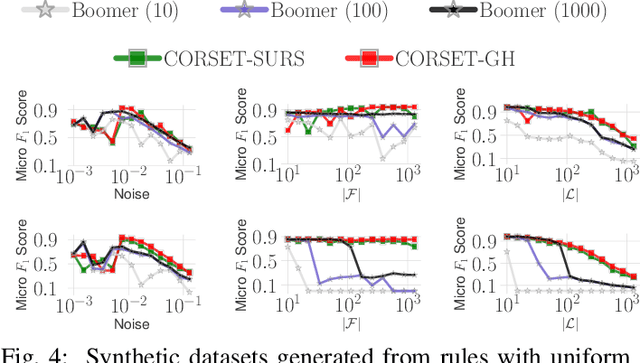Concise and interpretable multi-label rule sets
Paper and Code
Oct 04, 2022



Multi-label classification is becoming increasingly ubiquitous, but not much attention has been paid to interpretability. In this paper, we develop a multi-label classifier that can be represented as a concise set of simple "if-then" rules, and thus, it offers better interpretability compared to black-box models. Notably, our method is able to find a small set of relevant patterns that lead to accurate multi-label classification, while existing rule-based classifiers are myopic and wasteful in searching rules,requiring a large number of rules to achieve high accuracy. In particular, we formulate the problem of choosing multi-label rules to maximize a target function, which considers not only discrimination ability with respect to labels, but also diversity. Accounting for diversity helps to avoid redundancy, and thus, to control the number of rules in the solution set. To tackle the said maximization problem we propose a 2-approximation algorithm, which relies on a novel technique to sample high-quality rules. In addition to our theoretical analysis, we provide a thorough experimental evaluation, which indicates that our approach offers a trade-off between predictive performance and interpretability that is unmatched in previous work.
 Add to Chrome
Add to Chrome Add to Firefox
Add to Firefox Add to Edge
Add to Edge